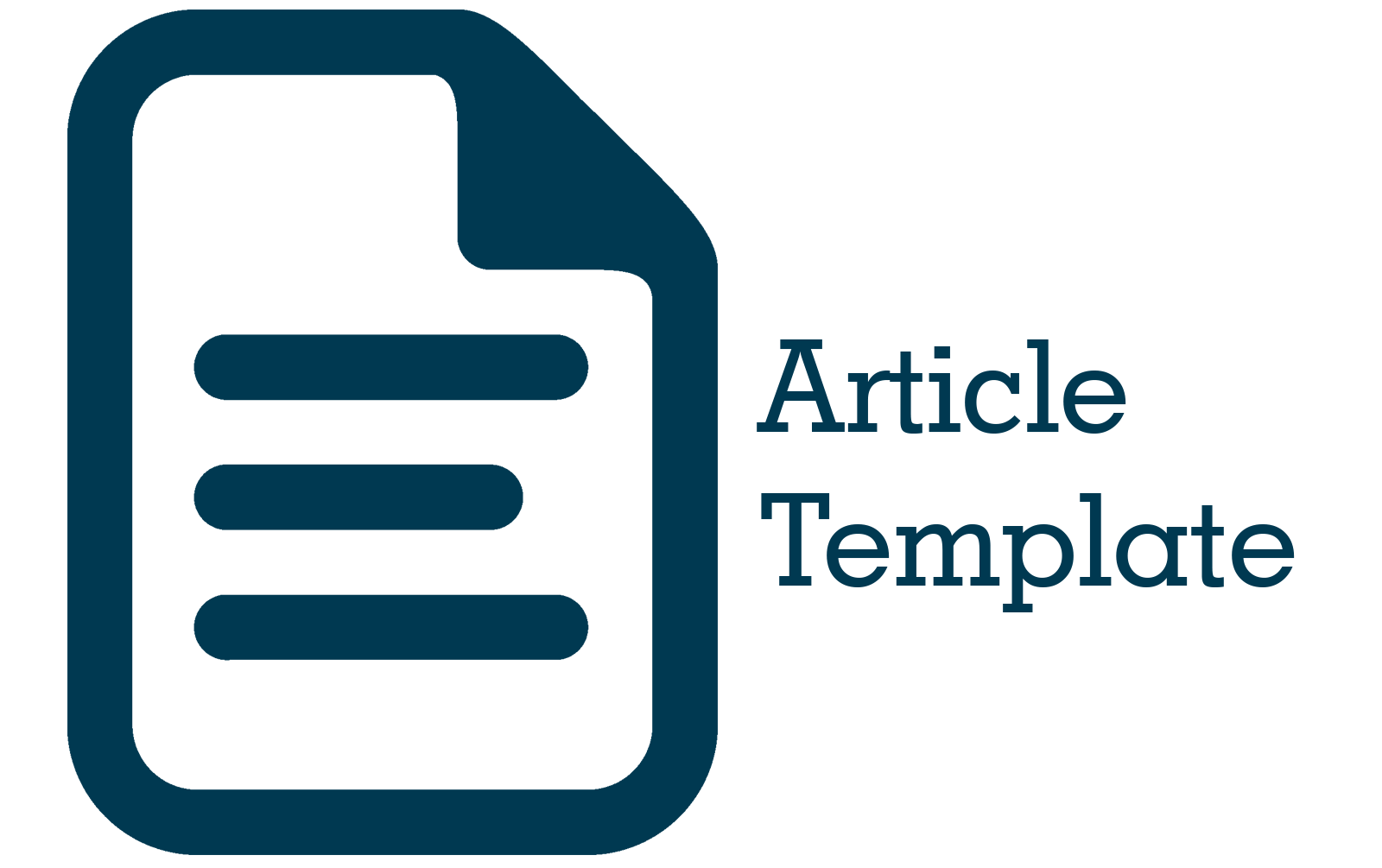Pengaruh Body Image dan Perilaku Diet Terhadap Hasil Performa Atlet Senam di Jawa Barat
Abstract
Abstract. Gymnastic athletes require optimal physical and mental conditions to achieve their best performance. Factors such as body dissatisfaction and excessive weight contribute to suboptimal performance among gymnastic athletes in West Java. This phenomenon indicates issues related to body image and diet behavior that influence the performance of gymnastic athletes. This research aims to examine the influence of body image and diet behavior on the performance of gymnastic athletes in West Java. The study adopts a quantitative method and involves 43 respondents who are gymnastic athletes. The measurement tools utilized in this study include the Diet Behavior Scale (Andea, 2010) comprising 28 items with a reliability coefficient of 0.858, the Body Image Scale (Andea, 2010) consisting of 39 items with a reliability coefficient of 0.893, and secondary data on gymnastic performance based on the Code of Points. The data analysis employs multiple linear regression analysis. Based on the regression results, it is found that body image significantly contributes to athletes' performance by 21.7% with a significance value of 0.001 (p < 0.05), while diet behavior significantly contributes to athletes' performance by 34.8% with a significance value of 0.000 (p < 0.05). Simultaneously, both factors contribute 25.970 with a significance level of 0.000 < 0.05. The calculations reveal that the combined influence of body image and diet behavior on athletes' performance amounts to 56.5%. These findings demonstrate a significant positive relationship between body image, diet behavior, and athletes' performance.
Abstrak. Atlet senam membutuhkan kondisi fisik dan mental yang optimal untuk mencapai performa terbaiknya, faktor ketidakpuasan terhadap tubuh yang dimiliki dan berat badan yang terlalu berat menyebabkan penampilan performa atlet senam di Jawa Barat menjadi kurang maksimal. Fenomena ini menunjukan masalah dalam body image dan perilaku diet yang memiliki pengaruh terhadap performa atlet senam. Penelitian ini bertujuan untuk mengetahui pengaruh body image dan perilaku diet terhadap hasil performa atlet senam di Jawa Barat. Penelitian ini menggunakan metode kuantitatif yang diujikan pada 43 responden atlet senam. Alat ukur yang digunakan dalam penelitian ini menggunakan Skala perilaku diet (Andea, 2010) berjumlah 28 aitem dengan koefisien reliabilitas 0,858, Skala body image (Andea, 2010) berjumlah 39 aitem dengan koefisien reliabilitas 0,893, dan data sekunder performa senam berdasarkan (code of points). Analisis data penelitian ini menggunakan teknik analisis regresi linear berganda. Berdasarkan hasil regresi, diperoleh bahwa body image memiliki kontribusi dan signifikan terhadap performa atlet sebesar 21,7% dengan nilai signifikansi 0,001 (p<0,05) dan perilaku diet memiliki kontribusi dan signifikan terhadap performa atlet sebesar 34,8% dengan signifikasi 0,000 (p<0,05). Secara simultan sebesar 25,970 dengan tingkat signifikansi sebesar 0,000 < 0,05. Berdasarkan hasil perhitungan diatas, terlihat bahwa besarnya pengaruh body image dan perilaku diet terhadap performa atlet adalah sebesar 56,5%. Hasil tersebut menunjukkan bahwa terdapat pengaruh positif yang signifikan antara body image dan perilaku diet terhadap performa atlet.
References
Andea, R. (2010). Hubungan antara Body image dan perilaku diet pada remaja. Skripsi, Fakultas Psikologi. Universitas Sumatera Utara.
Brown, L. (2017). The Influence of Body Image on Dietary Practices and Eating Pathology in Female Collegiate Gymnasts. Journal of Sport and Exercise Psychology, 39(2).
Cash, T. F. (1994). Body images attitudes: Evaluation, investment, and affect: Perceptual motor skills. Journal of Psychology, 78, 1168-1170.
Cash, T. F., & Pruzinsky. (2002). Body Image: A Handbook of Theory, Research and Clinical Practice. Guilford Press.
Cumming, S., Smith, R. E., Grossbard, J., Smoll, F. L., & Malina, R. (2012). Body Size, Coping Strategies, and Mental Health in Adolescent Female Athletes. International Journal of Sports Science & Coaching, 7(3), 515-526.
Effendi, H. (2016). Peranan Psikologi Olahraga Dalam Meningkatkan Prestasi Atlet. Nusantara (Jurnal Ilmu Pengetahuan Sosial), 1, 23.
French, S. A., Perry, C. L., Leon , G. R., & Fulkerson , J. A. (1995). Dieting behaviors and weight change history in female adolescent. Journal of health Psychology, 14, 548-555.
Grogan, S. (2016). Body Image: Understanding Body Dissatisfaction in Men, Women and Children. London: Routledge.
Gunarsa, & Singgih, D. (2008). Psikologi Olahraga Prestasi. Jakarta: Gunung Mulia.
Jacobi, C. P. (2015). ssociations between body image, physical self-concept and motivation among male and female high school students. Journal of Youth and Adolescence, 44(2), 412-423.
Kim, J. H., & Lennon, S. J. (2006). Analysis of diet advertisement: a cross-national comparrison of Korean and US women’s magazines. Clothing and Textiles Research Journal, 24, 345-358.
Papalia, D. E., Olds, S. W., & Feldman, R. D. (2009). Human Development: Perkembangan Manusia. Jakarta: Salemba Humanika.
Schwartz, P. D., Maynard, A. M., & Uzelac, S. M. (2008). Adolescent Egocentrism: A Contemporary View. Adolescence: Rosyln Heights, 43, 441-448.
Seawel, A. H., & Danoff-burg, S. (2005). Body Image And Sexuality In Women With And Without Systemetic Lupus Erythematosus. Sex Roles.
Sundgot-Borgen, J., & Torstveit, M. K. (2010). Prevalence of eating disorders in elite athletes is higher than in the general population. Clinical Journal of Sport Medicine, 20(3), 169-172.
Thompson, R. (2015). The Relationship between Body Image, Eating Behaviors, and Performance in Male and Female Gymnasts. International Journal of Sport Nutrition and Exercise Metabolism, 25(5), 482-490.
Vohs, K., Heatherton, T., & Herrin, M. (2001). Disordered eating and the transition to college: a prospective study. International Journal of Eating Disorder, 29, 280-288.
. Imam Zaedi and Eneng Nurlaili Wangi, “Studi Deskriptif Pendidikan Karakter: Respect and Responsibility di SMP Negeri Kota Bandung,” Jurnal Riset Psikologi, vol. 1, no. 2, pp. 84–92, Jan. 2022, doi: 10.29313/jrp.v1i2.459.











